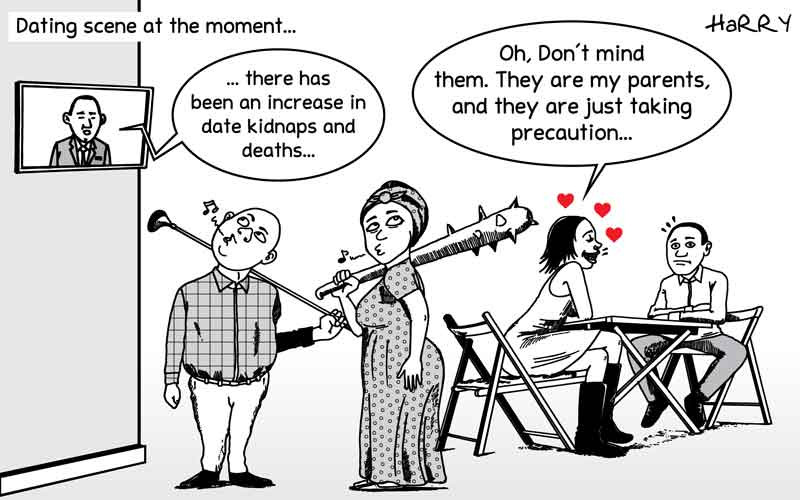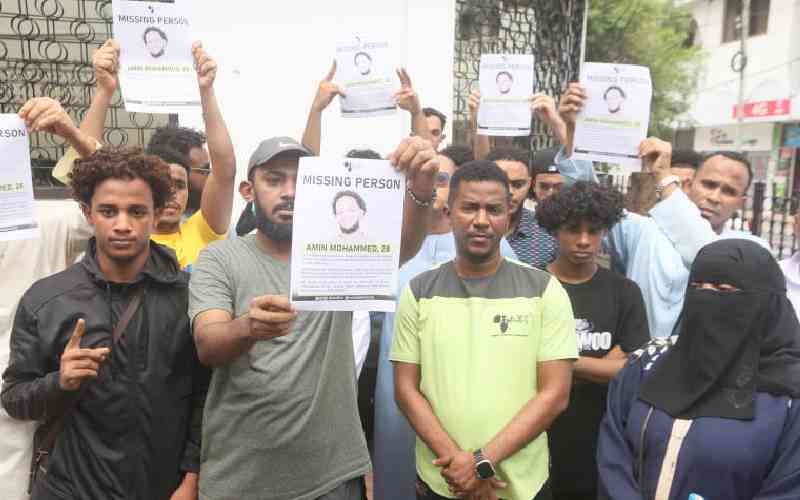Safety of children is every child’s concern and as Bill Clinton once put it, there is nothing more precious to a parent than a child, and nothing more precious to our future than the safety of all our children. In Kenya, school safety has been a concern for more than a decade. In July 2008, the Ministry of Education formulated the Safety Standards Manual (Schools as Safe Zones), but have our schools been safe? This question has been asked in many forums. However, it seems like the people concerned have dragged their feet to ensure that our schools are safe. No wonder, we have heard many avoidable cases that have ended pupils lives and destruction of property worth millions. For instance, you must have heard cases where children have been kidnapped, dormitories being reduced to ashes, pupils collapsing in school with no one capable of administering first aid.
One cannot help but wonder why the education sector has paid such little attention to safety because in other sectors, for example transport, safety is key. For instance, when driving along the highway and a policeman happens to stop you, the main question that will linger in your mind is likely to be, has my insurance policy expired, or do I have a first aid box, fire extinguisher and safety triangle? But ask yourself, when you were in primary or secondary school, how many fire extinguishers did you see along the corridors? Did you ever see a first aid kit in the classes? Were any of you deliberately in disaster preparedness or first aid skills?
Despite nearly a decade of the School Safety Standards Manual, evidence generated by the Uwezo surveys in 2014 and 2015 (in around 4,500 primary schools each year) indicates that Kenyan schools are far from achieving the safety promise for our children. To start with, only 54 per cent of the surveyed schools have the manual, while 40 per cent have operational school safety committees. Further, three in four (75 per cent) of the surveyed primary schools are fenced, making it likely that the recent campaigns for schools to acquire title deeds and fence their school compounds may have worked.
In mid-2016, the country was awash with the news of schools burning. Despite this, we establish that less than one in every 20 schools (4 per cent) per cent have an operational fire extinguisher. In terms of emergency response, more than half (52 per cent) of the visited primary schools did not have any member of staff trained on first aid. Moreover, only two in hundred (2 per cent) of the visited schools had employed a school nurse. Despite the fact that majority of the schools had a population of more than 200 pupils, the nearest health facility was more than two to three kilometers away, on average.
School hygiene is another key factor that determines pupil’s health and attendance. For example, when a child contacts diarrhea which is transmitted through contaminated water, they end up missing schools for a couple of days resulting to poor performance. Uwezo findings indicate that although 8 in 10 (79 per cent) of the schools have pipped water, only half of that (36 per cent) had a functional hand washing facility near the toilet with water and soap. One would justifiably ask, if availability of water is not the problem, what then makes it so difficult to create water points near the toilets to improve school hygiene?
The above findings of Uwezo indicate that despite having the policy, our children are unsafe at school. We know that lack of safety predisposes children to danger, while no meaningful teaching and learning can take place in unsecure environments. It is, therefore, imperative that educational stakeholders foster safe and secure school environments to facilitate increased learner enrolment, retention and completion, and thereby enhancing our children’s access to their constitutional promise of quality education. Developing the school safety manual was a step in the right direction, but authorities need to be more intentional in ensuring schools adhere to the guidelines.
- Ms Rosemary Kang’ethe and Dr James Ciera are officers in the regional office of Twaweza East Africa
 The Standard Group Plc is a
multi-media organization with investments in media platforms spanning newspaper
print operations, television, radio broadcasting, digital and online services. The
Standard Group is recognized as a leading multi-media house in Kenya with a key
influence in matters of national and international interest.
The Standard Group Plc is a
multi-media organization with investments in media platforms spanning newspaper
print operations, television, radio broadcasting, digital and online services. The
Standard Group is recognized as a leading multi-media house in Kenya with a key
influence in matters of national and international interest.
 The Standard Group Plc is a
multi-media organization with investments in media platforms spanning newspaper
print operations, television, radio broadcasting, digital and online services. The
Standard Group is recognized as a leading multi-media house in Kenya with a key
influence in matters of national and international interest.
The Standard Group Plc is a
multi-media organization with investments in media platforms spanning newspaper
print operations, television, radio broadcasting, digital and online services. The
Standard Group is recognized as a leading multi-media house in Kenya with a key
influence in matters of national and international interest.








